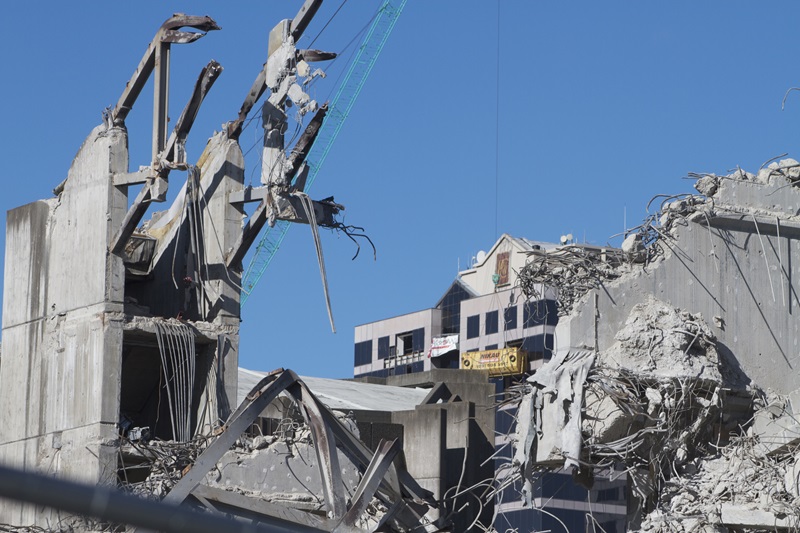Are underwriters prepared for quake aftershocks?

Damage from aftershocks, a common consequence of large earthquakes, may not be covered under quake policies, depending on how the policy defines an ‘event.’
Tiegen Hobbes, a research scientist at Natural Resources Canada, made the point while talking about quake aftershocks at the Insurance Broker Association of B.C.’s 2024 AGM and Leader’s Conference last Thursday. She noted that while aftershocks following a major quake can last a long time, even for up to a year in Christchurch, New Zealand, insurers tend to view quake ‘events’ through a narrower time window.
“Another thing that is maybe not covered so well in our current earthquake products is aftershocks,” Hobbes said. “As a seismologist, as an earthquake specialist, I know that it is completely normal to see many aftershocks that will happen for weeks, months, years, even decades, after a really big earthquake.
“But I know that in the insurance world, you guys are looking at a very small time window to consider something an ‘aftershock.’ And so…it’s very likely that there could be earthquakes where someone might end up having to pay their deductible multiple times from the same earthquake sequence — a main shock and the aftershocks that follow it.
“So, I think this is another point of frustration, probably — I don’t even think people know to be frustrated about this. But seismologists, I know, are frustrated. Yeah, so I think that’s a big challenge.”
This issue has been lingering for a long time.
Also in the news: Alberta auto rate cap sees Aviva tighten its underwriting rules
Swiss Re published a report in 2014 warning of the ‘cascading’ effects of earthquake aftershocks. The paper, Small quakes, big impact: lessons learned from Christchurch, noted reconstruction efforts were hampered by a number of issues, including seismic aftershocks triggered by the Magnitude 6.3 earthquake that hit Christchurch, New Zealand, on Feb. 22, 2011.
“The…Christchurch earthquake was, from a seismological point of view, an aftershock of the earlier earthquake of Sept. 4, 2010,” the Swiss Re report states. “Although weaker, the aftershock had a far more devastating impact on Christchurch than the earlier main seismological event, mainly because it struck so close to the [already damaged] central business district. It also created higher losses for the insurance industry.
“Although it was well known that large earthquakes are followed by multiple aftershocks and that this activity often persists for a few years, the New Zealand events are testing the industry‘s assumption about the scale of consecutive disasters in the same region.”
Swiss Re urged the industry at the time to update earthquake models to address blind spots, including the impact of seismic aftershocks.
“As aftershock sequences can easily trigger second event or stop-loss covers, they are important to consider when assessing earthquake risk,” the Swiss Re report says. “This is especially true for second event covers, which only pay out if the policy is affected by two or more loss events.
“If aftershocks are neglected in the underwriting process, the risk for claims can be significantly underestimated.
“The same is true for stop-loss covers, which trigger when the aggregate of all losses to a portfolio during the policy contract period exceed a certain deductible. For these covers as well, the presence of aftershocks strongly increases the chance of a payout to the policyholder.”
Feature image courtesy of iStock.com/PeterJSeager







